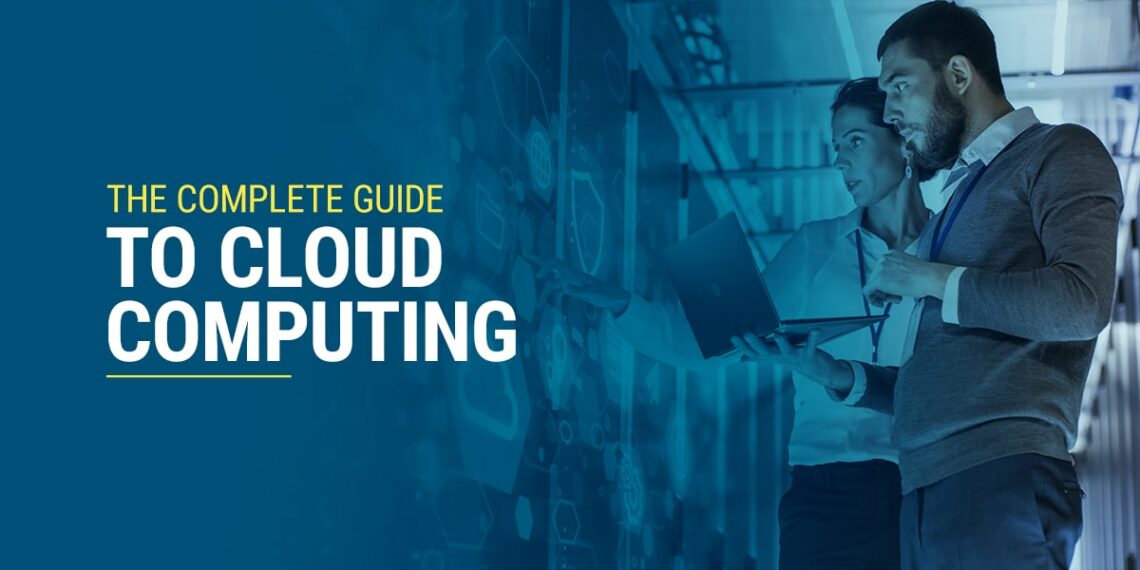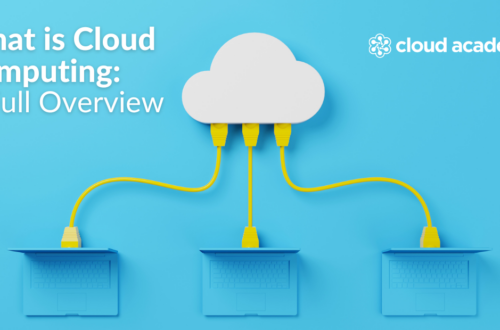Cloud computing has emerged as a transformative technology, revolutionizing the way businesses manage and deploy their IT infrastructure. This comprehensive guide aims to navigate through the complex landscape of cloud computing services, providing insights into its key components, benefits, challenges, and best practices.
Introduction to Cloud Computing: Cloud computing refers to the delivery of computing services, including storage, processing power, and applications, over the internet. Instead of relying on local servers or personal devices, businesses can access and use computing resources on-demand from cloud service providers.
Key Components of Cloud Computing:
- Infrastructure as a Service (IaaS): Offers virtualized computing resources over the internet, including virtual machines, storage, and networks.
- Platform as a Service (PaaS): Provides a platform allowing customers to develop, run, and manage applications without dealing with the complexities of infrastructure.
- Software as a Service (SaaS): Delivers software applications over the internet, eliminating the need for users to install, maintain, and update software locally.
Benefits of Cloud Computing:
- Scalability: Cloud services can be scaled up or down based on demand, allowing businesses to adapt to changing needs.
- Cost-Efficiency: Pay-as-you-go models reduce the upfront costs associated with traditional IT infrastructure, as businesses only pay for the resources they use.
- Flexibility and Accessibility: Cloud services can be accessed from anywhere with an internet connection, promoting collaboration and remote work.
Challenges and Considerations:
- Security Concerns: While cloud providers invest heavily in security measures, businesses must still address concerns related to data breaches and compliance.
- Data Migration: Transitioning from on-premises solutions to the cloud requires careful planning to ensure a smooth migration process.
Best Practices for Cloud Adoption:
- Assessment and Planning: Conduct a thorough analysis of current infrastructure and develop a clear migration plan.
- Security Measures: Implement robust security protocols, including encryption and access controls, to protect sensitive data.



